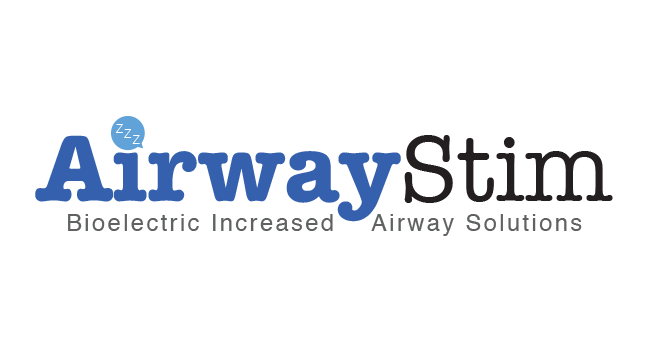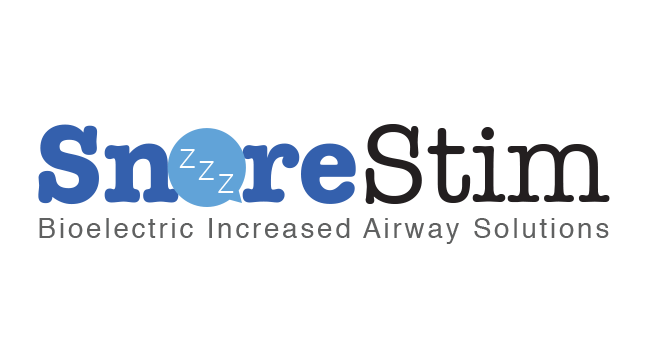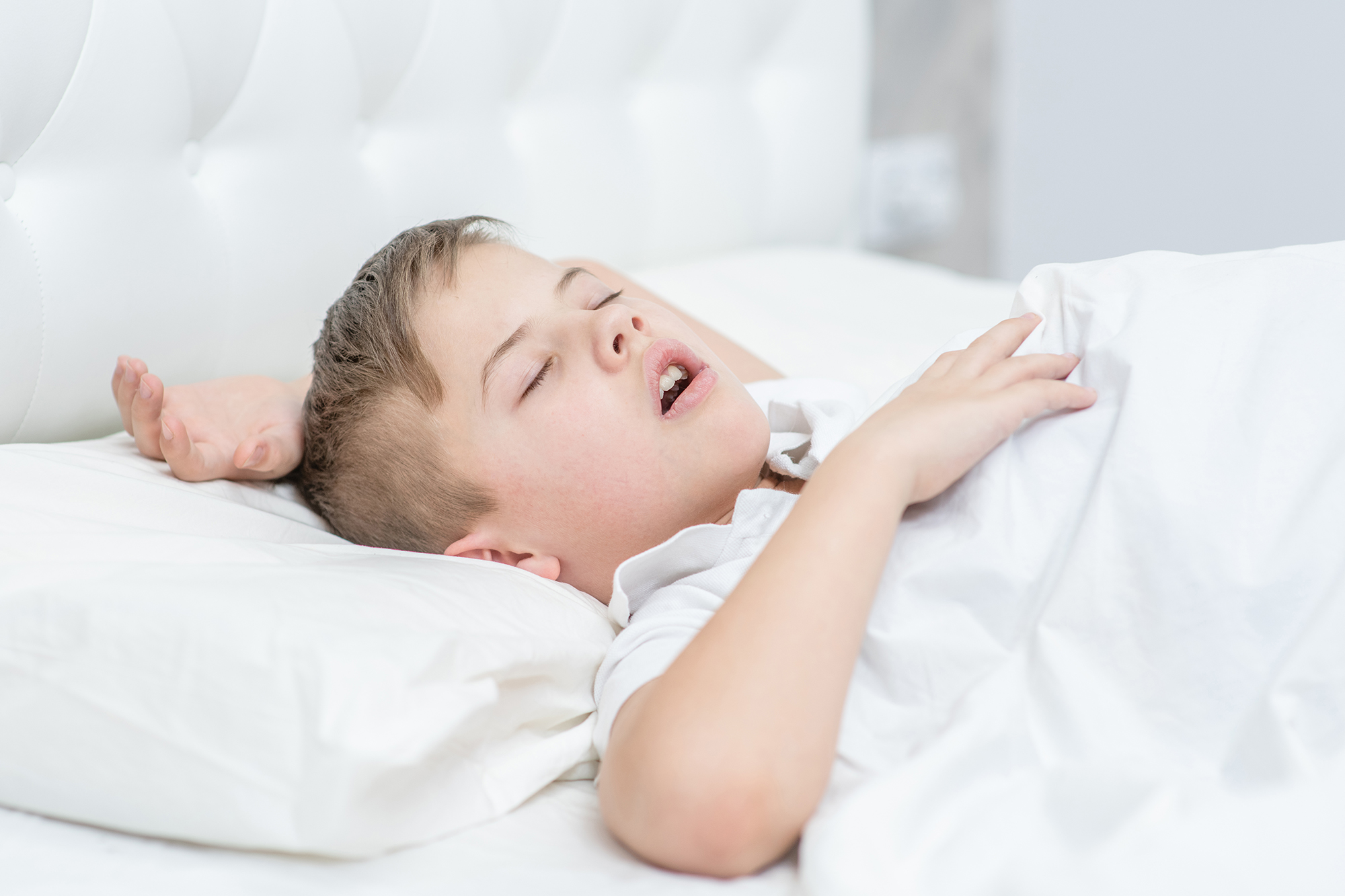sleep apnea breathing treatment
TECHNOLOGY
BreatheStim patented and patent pending components
Designed for
- Customized approach for each patient based on high level scanning, planning and consultation with patient and care team.
- Bioelectric technology to tighten loose tissues. – AirwayStim
- Bioelectric technology to reduce tongue size. – TongueStim
- Bioelectric and biologics technology to reduce tonsil size. – OralStim Heal
- Bioelectric and biologics technology to reduce adenoids size. – OralStim Heal
- Superior arch expander technology. – ArchStim
- Bioelectric technology to open up sinuses. – SnoreStim
- Bioelectric and biologics technology to increase elasticity of treated tissues – snap back. – LipStim
- Bioelectric technology to loosen up bone for accelerated re-alignment. – ArchStim
- Bioelectric and biologics technology to build up cheek muscle in right positions to aide in re-alignment. – LipStim
- Bioelectric technology to reduce inflammation. – OralStim
- Bioelectric technology to reduce pain and discomfort. – OralStim
- Bioelectric technology to build, freeze and stabilize bone positions to ensure lasting improved obstruction free breathing. – ArchStim
- Bioelectric stimulaltion to reduce sinus inflammation and pain – SinusStim
- Bioelectric stimulation to re-align oral maxillofacial features – OMF-Stim
BreatheStim bioelectric stimulation technology works with any arch expanders or may be used with our own customized proprietary super appliance for arch expansion

Product Concept Drawing
Obstructive sleep apnea is classified by severity:
Severe obstructive sleep apnea means that your AHI is greater than 30 (more than 30 episodes per hour)
Moderate obstructive sleep apnea means that your AHI is between 15 and 30
Mild obstructive sleep apnea means that your AHI is between 5 and 15
BreatheStim has developed the most comprehensive and complete solution to sleep apnea and breathing disorders with a combination product based on bioelectric controlled protein expression, re-alignment devices and biologics.
- Patented bioelectric stimulation controlled expression of SDF and PDGF for stem cell homing.
- Patented bioelectric stimulation controlled expression of RANKL to loosen up bone for easier quick re-alignment.
- Patented bioelectric stimulation controlled expression of OPG, BMP2 and BMP9 for stabilize and freeze re-alignment ensuring improved breathing is maintained long term.
- Patent pending bioelectric stimulation controlled expression of klotho, follistatin, COL17A1, LIM muscle, SDF1 and PDGF for muscle and collagen tissue tightening.
- Patent pending bioelectric stimulation controlled expression of sonic hedgehog, IGF1 and LIM muscle proteins for nerve regeneration.
- Patented bioelectric stimulation controlled expression of VEGF, eNOS, HIF1a and other mature blood vessel growing proteins for improving circulation.
- FDA 510K cleared for improving blood circulation, reducing inflammation, pain relief and improving muscle motion.
- Patented combination expansion device and bioelectrics.
- Patent pending bioelectric treatment of tongue for reducing breathing obstruction.
- Patent pending bioelectric cheek muscle building for re-alignment and reducing breathing obstructions as well as improving facial appearance.
Our Products


Impacts of Sleep Apnea in Children
Sleep apnea may increase sleep fragmentation, meaning that rather than experiencing the normal periods associated with each sleep stage, a child with apnea moves more frequently between deep and lighter stages of sleep. Research suggests that the longterm effects of sleep apnea in children include cognitive, behavioral, and psychosocial problems as well as growth delays and impacts on cardiovascular health.

It is estimated that half of the patients with AFib also have sleep apnea. And patients with sleep apnea have four times the risk of developing AFib. Over time, untreated sleep apnea can lead to the onset of risk factors such as hypertension and diabetes that predispose a person to AFib.
Health risks of obstructive sleep apnea
- High blood pressure. Untreated sleep apnea is associated with high blood pressure and may make it more difficult to control your blood pressure with medication.
- Difficulty concentrating. OSA can reduce your ability to think clearly, leading to poor work performance and reliance on stimulants such as caffeine and sugary foods.
- Heart disease. Sleep apnea is a risk factor for heart attack, stroke and blood clots in the legs. The risk is higher with moderate or severe OSA and other comorbidities.
- Car accidents. OSA may make you excessively sleepy and cause you to fall asleep at the wheel. The risk of fatal car accidents is much greater.
- Emotional concerns. OSA is associated with emotional disturbances and may increase the risk of mental health conditions such as anxiety and depression.
- Surgery complications. Untreated sleep apnea increases the risk of airway obstructions, abnormal heart rhythms and other complications during surgery.
